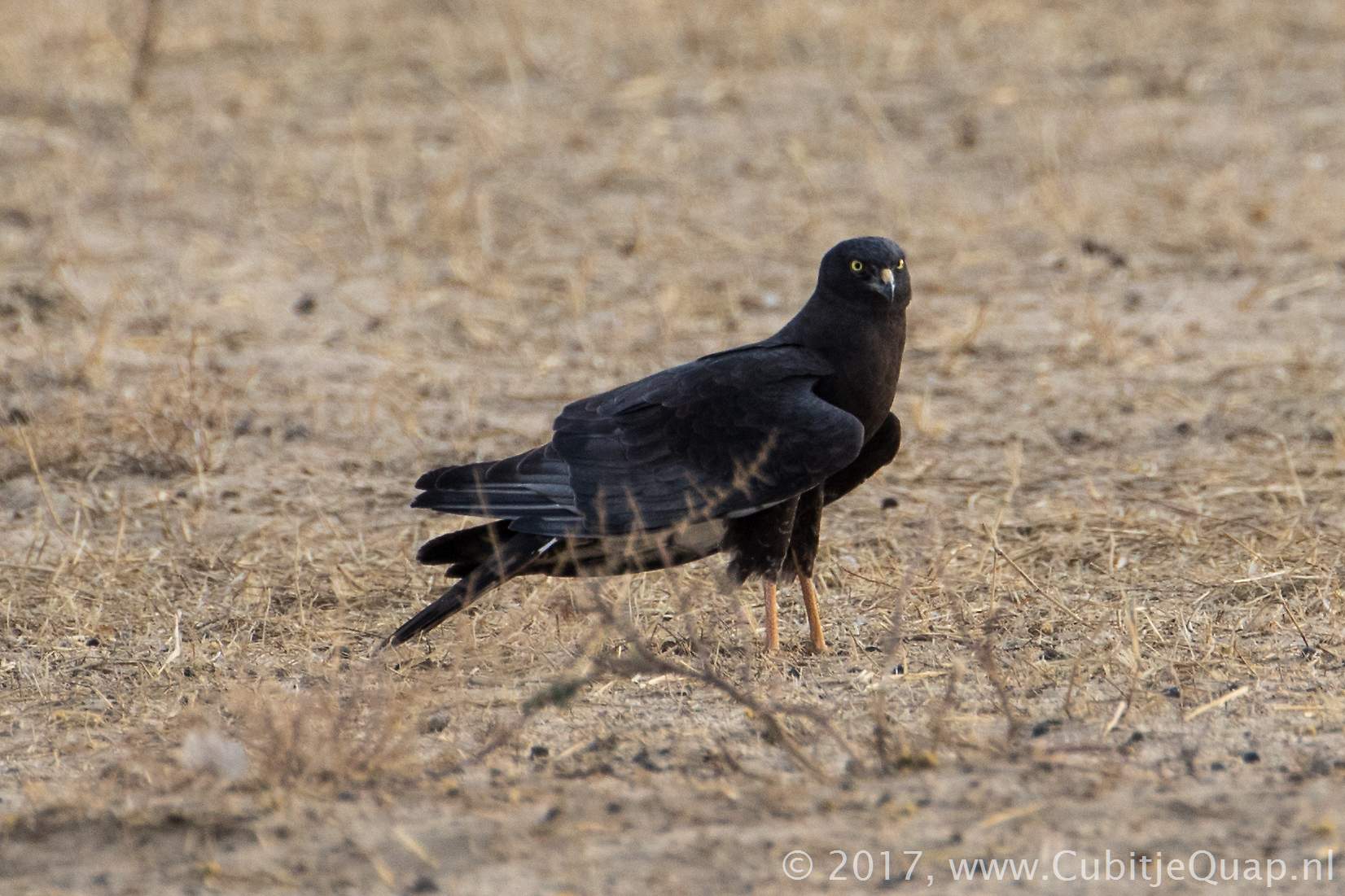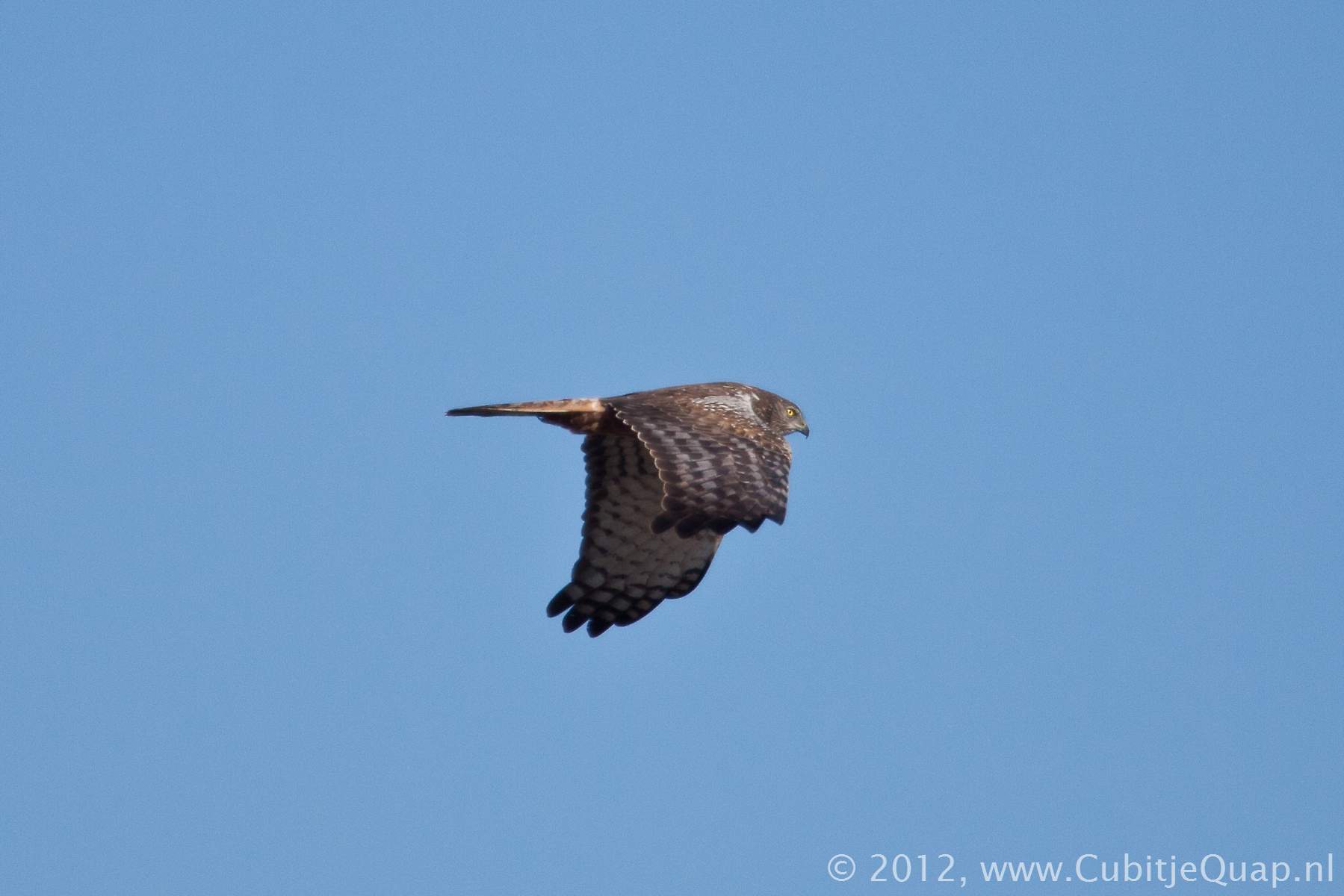Harriers Information page
Description
Medium-sized, long-winged, broad-tailed, raptors of wetlands, grassland and fynbos, avoiding wooded and arid areas. Their faces, with feathered cowl give them an owl-like appearance and it helps them to audily detect prey. Their lower legs are unfeathered. Females are larger than males.They are typically seen quartering over habitat in leisurely low flight intently scanning the ground below. They feed on a variety of small animals, including frogs and rodents They drop onto their prey from flight.
Thye eat invertebrates and small vertebrates and often raid heronries, eating eggs and chick. They may take insects and birds in the air but they descend to the ground to eat prey.
They are monogamous or polygamous, unusually for raptors, they generally nest on the ground, probably due to lack of trees in their habitat. The nest is a shallow bowl of dry reeds, grass and sticks. They lay 2 - 7 white eggs. Incubation and feeding of the chicks is done by the female, who is provisioned by the male (transfer of food usually taking place in flight). The adults make use of distraction displays to defend the nest, while older chicks hide in the vegetation close to the nest.
Scientific names
Kirkos = harrier (from greek)circus = circle (from latin), refering to the haboit of flying to and fro
maurus = black (from greek)
ranivorus = frog eater
Birds in this category
Interesting links
Wikipediafatbirder.com


